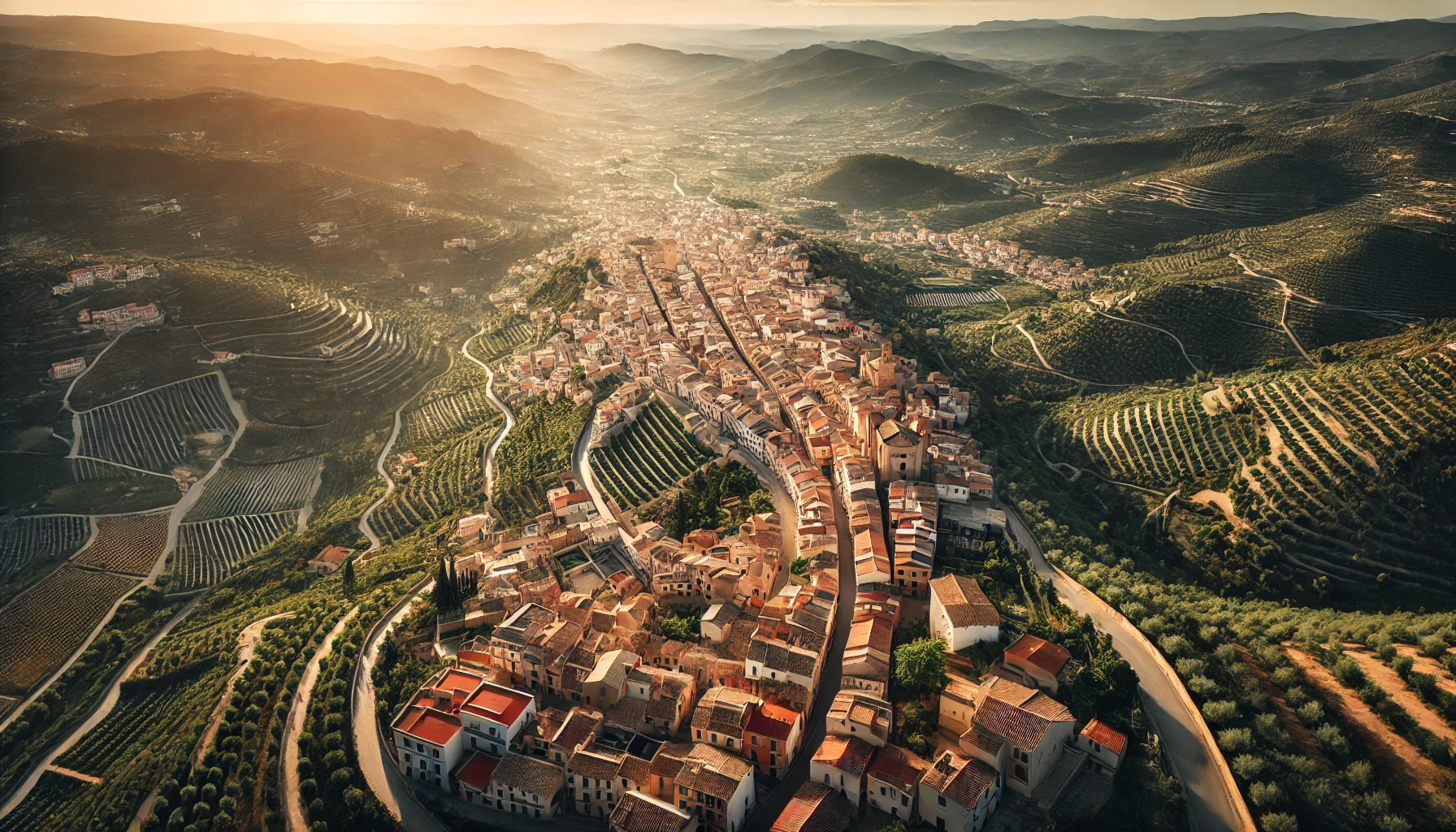
La Tomatina is more than just a festival—it’s an explosion of color, culture, and tomatoes in the heart of Buñol, Spain. Every year, thousands of participants from around the globe gather in this small town for a spectacle that is chaotic, exhilarating, and uniquely Spanish. This massive tomato fight, held on the last Wednesday of August, transforms the streets of Buñol into rivers of red pulp, embodying a tradition that is as rich in history as it is in tomato juice. Whether you’re a seasoned participant or a curious onlooker, La Tomatina offers a singular experience that combines tradition, fun, and an unforgettable community spirit.
Origins and Historical Significance of La Tomatina
The roots of La Tomatina date back to the mid-1940s, though its exact origin story varies depending on who you ask. One popular account suggests that during a town festival, young locals, eager to participate in a parade, ended up in a scuffle near a vegetable stall. Tomatoes became their ammunition, and a tradition was unwittingly born. What started as an impromptu brawl has evolved into an organized annual event, drawing participants from every corner of the planet.

Today, La Tomatina is not only a major highlight on Buñol’s calendar but also an event of international acclaim. Recognized for its unique cultural value, the festival has been declared a Festivity of International Tourist Interest by the Spanish Secretary Department for Tourism. This recognition underscores the event’s significant impact on promoting local culture and tourism.
This tomato fight isn’t just about throwing fruit; it symbolizes the town’s communal spirit and collective joy. It’s a day when social hierarchies are flattened, and everyone is equal—united by the simple, exhilarating act of tomato throwing. The event is deeply ingrained in the local culture, with preparations and anticipation building throughout the year, culminating in this one spectacular day of messy revelry.
How La Tomatina is Celebrated
The event kicks off early in the morning with festivities that set the tone for the day. Before the tomato fight begins, there’s a “palo jabón,” a greasy pole with a ham at the top. Participants attempt to climb and reach the ham, and the spectacle provides plenty of entertainment. Once someone manages to drop the ham, the tomato battle commences, signaled by the firing of water cannons.

Trucks loaded with over 150,000 tomatoes (about 145 metric tons) roll into the town square, Plaza del Pueblo, and unleash their cargo onto the crowd. For exactly one hour, the air is filled with a frenzy of tomatoes; squished, thrown, and dodged. The rules are simple: squash the tomatoes before throwing them to avoid hurting others, and stop when the second shot is fired, marking the end of the battle.
After the fight, the streets of Buñol are awash with tomato residue. Locals and visitors alike are seen laughing and snapping photos, their clothes drenched and dyed red. The town has an efficient cleanup operation, and surprisingly, the acidic tomato juice leaves the cobblestone streets remarkably clean.
What to Know Before You Go to La Tomatina
Participating in La Tomatina requires some preparation. First and foremost, participants need to purchase a ticket, a regulation introduced to manage the growing crowd sizes and ensure safety. It’s advisable to book these well in advance as they often sell out quickly. Attendees are also encouraged to wear comfortable, old clothing and sturdy shoes that provide grip on slippery surfaces.

Protective eyewear is recommended to shield eyes from tomato juice, which can sting. Additionally, carrying waterproof cameras or protective cases for electronics is wise, as the tomatoes get everywhere. Understanding the local norms and festival rules is crucial to ensure a fun and respectful experience for all involved.
Lastly, while in Buñol, visitors should take the opportunity to explore the local area. The region offers delightful Spanish cuisine, stunning landscapes, and additional historical sites. Engaging with the community and experiencing the local culture can enrich the visit beyond the chaotic joy of the tomato fight.
The Impact of La Tomatina on Local Culture and Tourism
La Tomatina has a significant impact on the local economy and cultural landscape. This once small, local festivity now attracts global attention, bringing thousands of tourists to Buñol each year. The influx of visitors provides a substantial boost to local businesses, including hotels, restaurants, and shops, benefiting the entire community.

The festival has also helped put Buñol on the map, making it synonymous with fun and cultural openness. It promotes not only the town but also the broader region of Valencia, known for its rich history, beautiful beaches, and culinary delights. La Tomatina serves as a model of how cultural events can aid in promoting tourism and economic development while fostering community pride.
As it continues to evolve, La Tomatina remains a vibrant testament to Spain’s rich traditions and the unifying power of community events. It encapsulates the spirit of fun, freedom, and fellowship, making it a must-experience event on the international festival circuit.








